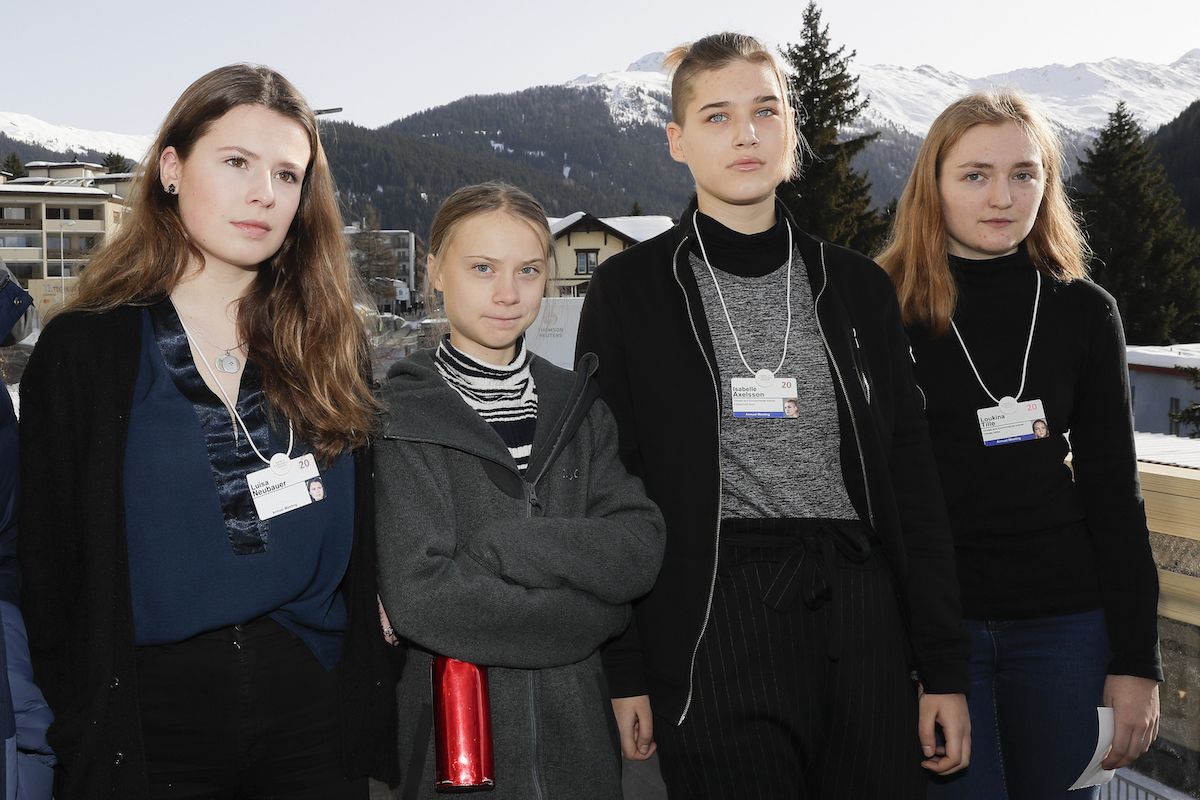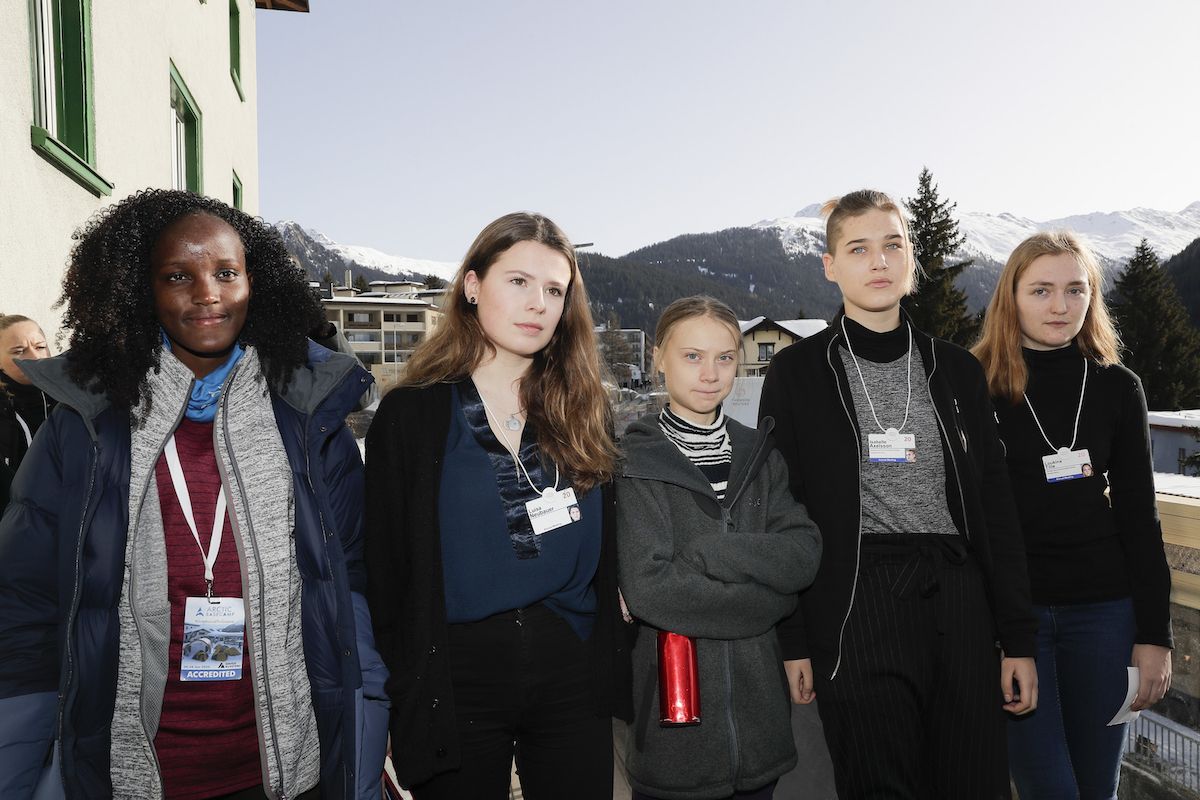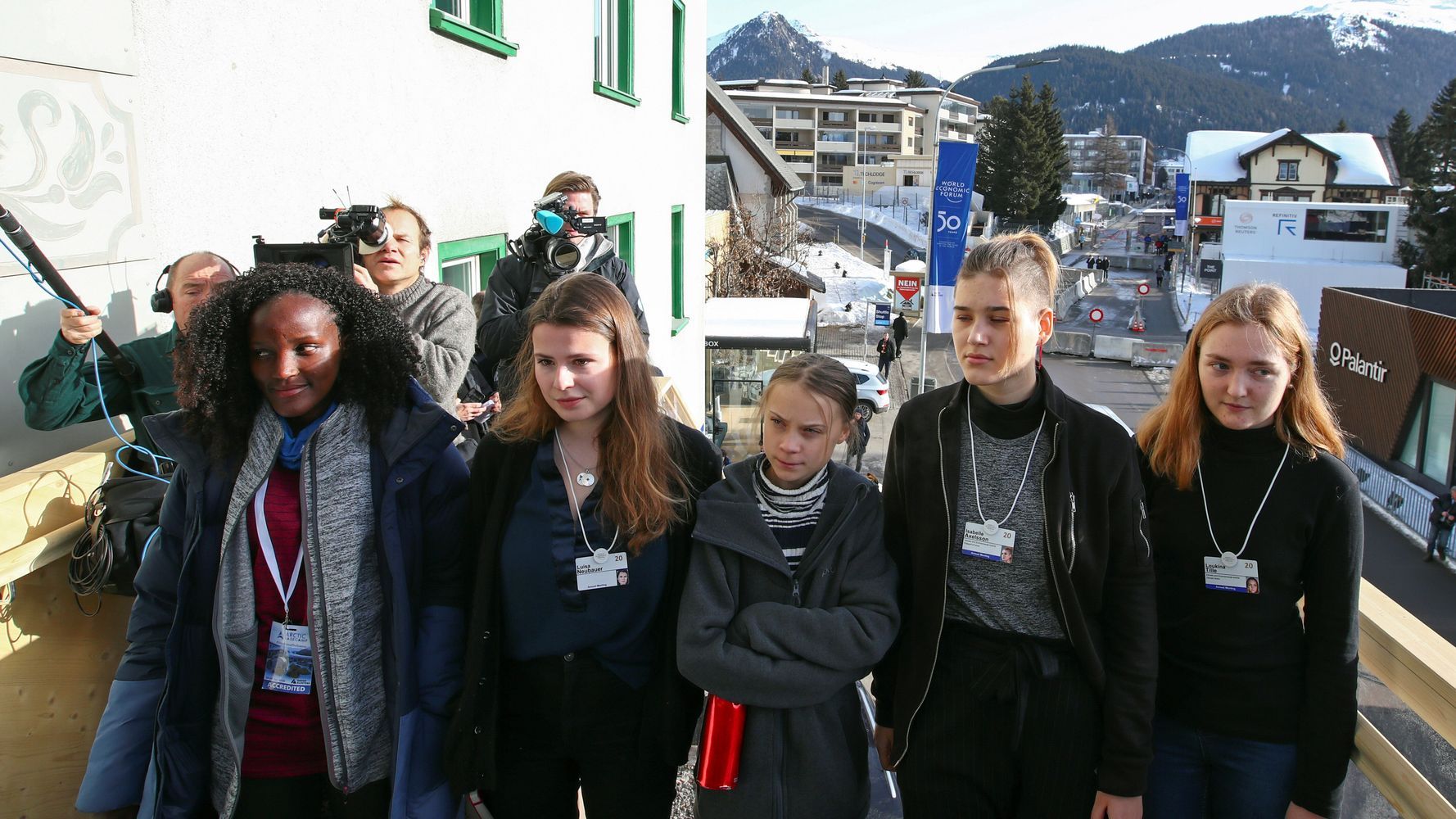Last weekend I was running a Photo School Composition Workshop for the first time, meaning I’d been immersing myself in “good” photography and thinking about what that means. On the morning of the class the story about Vanessa Nakate being cropped from a group photo of young climate activists at Davos broke and I almost brought it into the class because it’s fascinating and important for a number of reasons.
The first fascinating thing that hits you is the excuse given by Associated Press of “good composition”. The photo they were supplied was quickly made better by subtracting some elements. This is a total no brainer - photography is a subtractive art form. To create a good photo you reduce the elements and arrange them in a way that helps them act as one, allowing the viewer to “read” the image quickly and clearly.
So this image:

is much easer to read that this image:

Aesthetically, the cropped version is a better image, regardless of who or what is in it. The building, cited by Associated Press as the only reason for cropping, is distracting so removing that allows the mountains and trees to give the depth of the photo more coherence. The cropped version puts Greta Thunberg’s signature hard stare on the intersection of the thirds while the other activists frame her without distracting from her.
But the building wasn’t the only thing removed from the image to make it better. The editor also cropped Vanessa Nakate, the fifth young activist in the group who just so happened to be Ugandan and the only non-white member. But before we get into that, I think it’s worth noting that for the fraction of a second captured in this photo she doesn’t look as composed and serious as her compatriots. This is unfair as she looks totally composed and serious in other pics I’ve found. But in this moment she has this open grinning face and a big-old coat revealing that mess of colours, wavy lines and oversized lanyard. And that’s because she’s not a groomed celebrity - she’s a nerdy kid who cares about the big stuff. They all are. Look at this shot a few seconds later where the mix of seriousness and “WTF is going on with these photographers” is much more evenly spread.

As a seasoned professional educator in this field, my informed diagnosis is that the photographer took a bad photo which could not be fixed in the edit. They did not deliver the image they were presumably tasked with getting. It is very hard to get five people without media training to pose well, especially when they’re presumably walking to an event and not expecting to be photographed at that moment, but that’s no excuse. It’s clear from the other photo that they were a group, and the job is to photograph that group. Do your job. Don’t submit bad work.
The editor should also have realised what they had and made a better call on using it. Presumably they were aware, or were able of being aware, that there were five people in the group, not four, and that they were cropping out a member of the group, not just some rando. Or maybe they didn’t. Or maybe they didn’t care about the group - they only cared about the click-generating Greta. Those nobodies around her were disposable. Greta at Davos is the only story.
Which is all to say it’s possible to explain what happened and why it happened without bringing race in at all. But to not bring race in at all is to miss why this decision was a really really really bad one.
In her video about the photo Vanessa talks about being “erased” and, since she was a representative of Africa, of Africa being erased from the conversation about the climate crisis. She takes this personally, for sure, but sees it as a symptom of a much bigger issue of representation of non-white bodies and voices in the media. To slight me is rude and inconsiderate, but I can deal. To slight those who I represent, especially when those people have been slighted repeatedly throughout history, is a problem.
I don’t pretend to have wise words to say about the representation of black bodies in Western media, and it’s definitely not my place to try and have them, but it really brings home how blunt and cruel the act of photography can be. This form, which can highlight and pull things into sharp focus, gets its power from exclusion, from leaving things and people out of the frame.
Photography is not reality - it allows us to select elements of reality and shape them to form narratives. When we do this deliberately and with care we can produce wonderful images that can change the world. When we do it carelessly and without thought we will often reinforce the biases in society. And when those biases hurt people, lazy photography will hurt people.
Hell, this applies to all art forms, but photography is everywhere and, more problematically, is believed to be a truth teller. But it isn’t. It’s a selective storyteller, for good or for evil. Wield your composition with care.